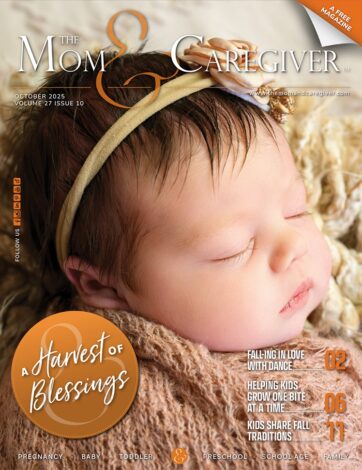Extreme Heat and Heat-Related Illnesses
We have had some hot days this summer! It is important to remember that extreme heat and heat-related illnesses are especially dangerous for infants and young children. Children most at risk include those with breathing difficulties, heart conditions, kidney problems, diarrhea, and those on certain medications. A conversation with your family doctor or pharmacist about any medications helps you to be prepared.
The Middlesex-London Health Unit communicates heat warnings when Environment Canada’s heat warning criteria are met. These criteria are a daytime temperature of 31oC or higher with a nighttime low of 20oC or higher, OR a humidex of 40 or higher, for two consecutive days. If the heat warning is anticipated to last longer than two days, it will be considered an extended heat warning. Due to climate change, there may be an increase in instances of extreme heat and heat-related sickness.
Heat-related illnesses can present with symptoms such as:
- Dizziness or fainting
- Nausea or vomiting
- Headache
- Rapid breathing and heartbeat
- Extreme thirst (dry mouth or sticky saliva)
- Changes in behaviour (like sleepiness or temper tantrums)
- Decreased urination with unusually dark yellow urine
To help protect you and your children, drink water frequently without waiting to feel thirsty. If you don’t have air conditioning in your home, seek air-conditioned buildings in the community (e.g. cooling centres, community centres and libraries) to provide comfort during the heat of the day, as extreme indoor heat can have significant health impacts. When outdoors, wear breathable, light-coloured clothing and a wide-brimmed hat, and restrict physical activity to the coolest time of the day. Spray/splash pads are available, free of charge, in many neighbourhoods and communities, which inspire summer fun while providing cooling relief. Don’t forget to apply plenty of sunscreen with SPF 30 or more, labelled ‘broad spectrum’ and ‘water resistant’, and reapply often, especially after splashing and towelling. Sunscreen may be used on babies over six months of age; avoid the mouth and eye areas.
Find out more:
- https://www.healthunit.com/extreme-heat
- https://www.canada.ca/en/health-canada/services/publications/healthy-living/keep-children-cool-extreme-heat.html
Submitted for the Middlesex-London Health Unit by Jennifer Robinet PHI















